A survey conducted from October to November 2011 in the 7 chiefdoms targeted by the program in the South Bombali District showed that among the 569 hand dug wells and 110 boreholes that have been identified, only 66% of them were functional. This park of hand pumps is also ageing and quite varied: India Mark 2 (71%), PB Mark 2 (12%), Kardia (7%), Afridev, etc.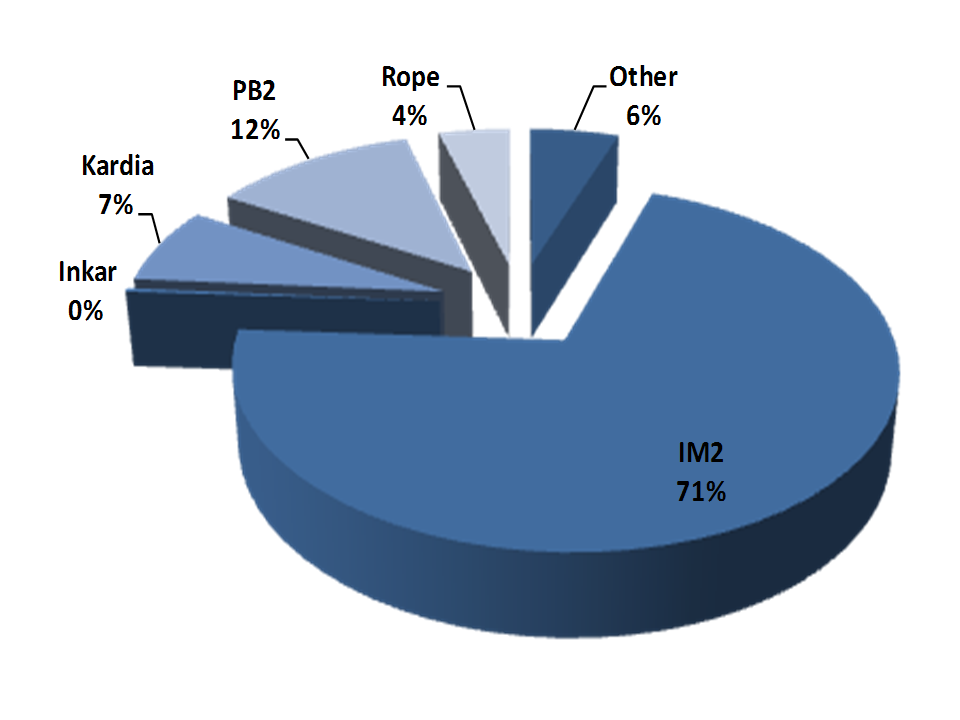 It is therefore difficult for the communities to have an easy access to spare parts when their pumps are broken as such variety of models of hand pumps scatters the demand and makes difficult establishing a sustainable suply chain at local level.
It is therefore difficult for the communities to have an easy access to spare parts when their pumps are broken as such variety of models of hand pumps scatters the demand and makes difficult establishing a sustainable suply chain at local level.
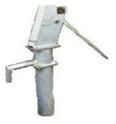 Hand pump made in India: galvanized or stainless type. In Sierra Leone, this pump is available in most of the suppliers at a reasonable cost for stainless type (around 2.900.000 SLL) and offers a good quality for its price. A regular maintenance is compulsory to ensure the sustainability and avoid major breakdown. The installation process is also really important and has to be done properly (iron rods lengths, cylinder position from the bottom, hand pump stand straight…).
Hand pump made in India: galvanized or stainless type. In Sierra Leone, this pump is available in most of the suppliers at a reasonable cost for stainless type (around 2.900.000 SLL) and offers a good quality for its price. A regular maintenance is compulsory to ensure the sustainability and avoid major breakdown. The installation process is also really important and has to be done properly (iron rods lengths, cylinder position from the bottom, hand pump stand straight…).
see maintenance guidelines.
 Hand pump made in Germany: K65 and K2000 types. Kardia is one of the strongest pumps of the market but is really expensive compare to an Indian Mark 2 (around 12.000.000 SLL). Most of these pumps were installed during the relief period when the funds were highly available. The main problem is that spare parts are quite expensive and very difficult to find.
Hand pump made in Germany: K65 and K2000 types. Kardia is one of the strongest pumps of the market but is really expensive compare to an Indian Mark 2 (around 12.000.000 SLL). Most of these pumps were installed during the relief period when the funds were highly available. The main problem is that spare parts are quite expensive and very difficult to find.
see maintenance guidelines.
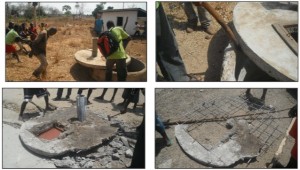 Starting from practical cases observed on the field, the idea was to break down different steps of a diagnostic of a well in order to setup a protocol and to help appropriate decision-making as regard technical solutions. Of course, the major question in the background remains the relevance to rehabilitate an existing well versus the construction of a new well. Indeed, in some cases, the rehabilitation may appear inappropriate because it is too costly as compared to a new construction, or too risky or because of a too low feasibility to restore the well in a correct state.
Starting from practical cases observed on the field, the idea was to break down different steps of a diagnostic of a well in order to setup a protocol and to help appropriate decision-making as regard technical solutions. Of course, the major question in the background remains the relevance to rehabilitate an existing well versus the construction of a new well. Indeed, in some cases, the rehabilitation may appear inappropriate because it is too costly as compared to a new construction, or too risky or because of a too low feasibility to restore the well in a correct state.![]()


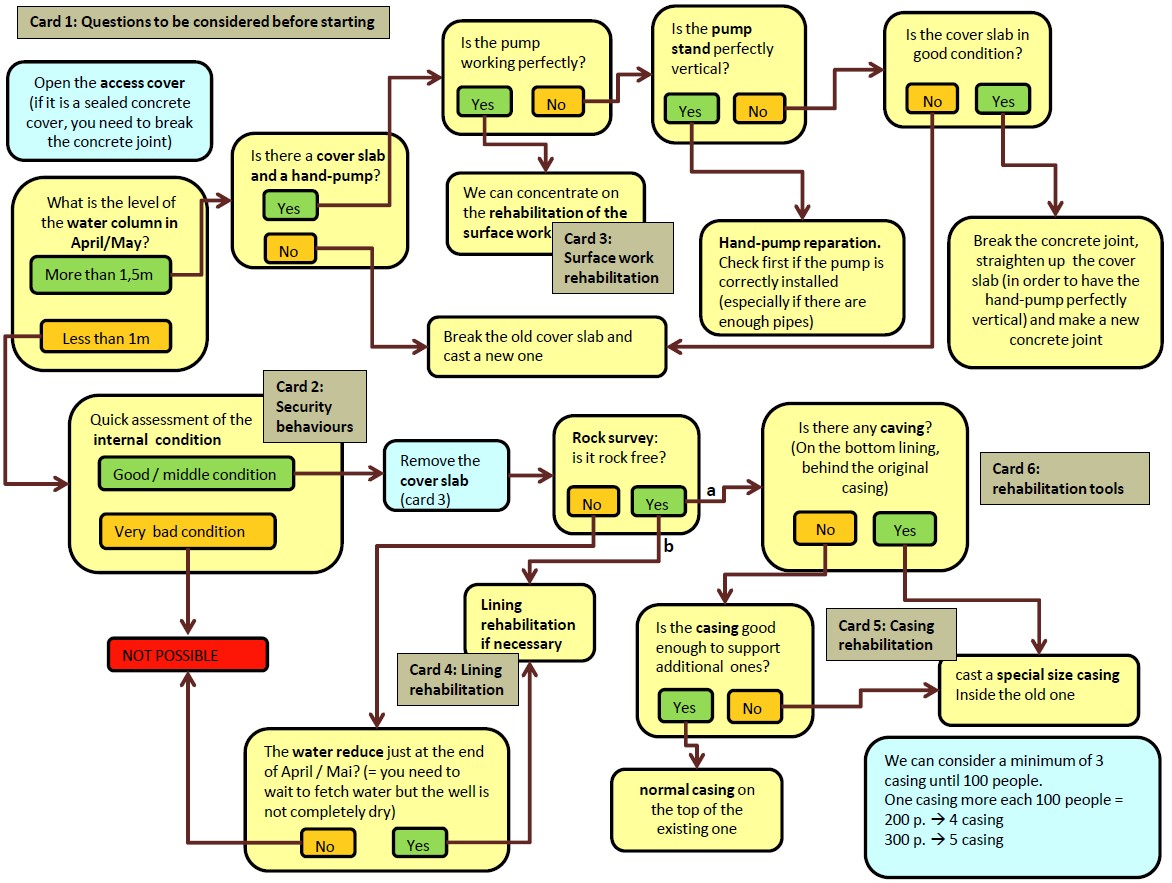
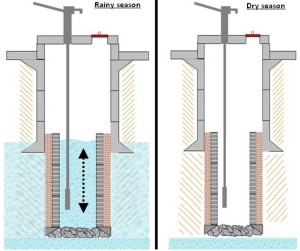

 portable kits (such as
portable kits (such as 


 Hand pump made in India: galvanized or stainless type. In Sierra Leone, this pump is available in most of the suppliers at a reasonable cost for stainless type (around 2.900.000 SLL) and offers a good quality for its price. A regular maintenance is compulsory to ensure the sustainability and avoid major breakdown. The installation process is also really important and has to be done properly (iron rods lengths, cylinder position from the bottom, hand pump stand straight…).
Hand pump made in India: galvanized or stainless type. In Sierra Leone, this pump is available in most of the suppliers at a reasonable cost for stainless type (around 2.900.000 SLL) and offers a good quality for its price. A regular maintenance is compulsory to ensure the sustainability and avoid major breakdown. The installation process is also really important and has to be done properly (iron rods lengths, cylinder position from the bottom, hand pump stand straight…).

